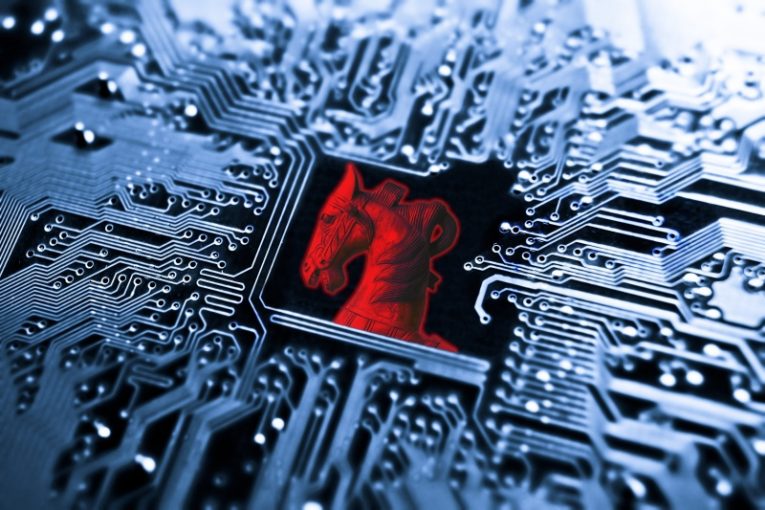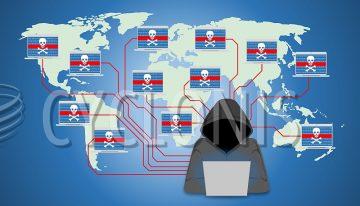Muhstik Malware: The Botnet Making Good Use of Flaws

Table of Contents
What is Muhstik Malware?
Muhstik malware is a type of malicious software, primarily recognized for its ability to target Internet of Things (IoT) devices and Linux-based servers. First documented in 2018, Muhstik has become infamous for exploiting security vulnerabilities to infiltrate systems. The malware is named after its habit of masquerading as legitimate system processes to avoid detection. It has been observed in various attack campaigns, leveraging known security flaws in web applications to propagate and infect new hosts.
What Does Muhstik Malware Do?
Muhstik malware is multifaceted in its malicious activities. Its primary functions include cryptocurrency mining and launching Distributed Denial of Service (DDoS) attacks. Once it infiltrates a system, Muhstik mines cryptocurrencies by hijacking the device's processing power, which can significantly slow down the system and increase electricity consumption. Additionally, it can flood targeted servers with traffic, overwhelming them and causing service disruptions. This dual functionality makes Muhstik a versatile and dangerous threat to infected systems.
How Muhstik Malware Spreads
The spread of Muhstik malware relies heavily on exploiting known security vulnerabilities. A notable example is the exploitation of CVE-2023-33246, a critical flaw in Apache RocketMQ with a CVSS score of 9.8. This vulnerability allows remote and unauthenticated attackers to execute arbitrary code by manipulating RocketMQ protocol content or using the update configuration function. Once the attacker gains initial access, they execute a shell script from a remote server, which then downloads the Muhstik binary ("pty3"). The malware ensures persistence by copying itself to multiple directories and modifying the /etc/inittab file to restart automatically upon system boot.
What Muhstik Malware Wants
The primary goal of Muhstik malware is to co-opt infected devices into a botnet. This botnet can then be used for various nefarious purposes, such as cryptocurrency mining and DDoS attacks. By commandeering the computational resources of numerous devices, Muhstik can generate significant revenue through cryptocurrency mining. Additionally, the botnet can launch powerful DDoS attacks, which can disrupt online services, cause financial damage, and be used as a means of extortion.
What Does Muhstik Malware Attack?
Muhstik targets a wide range of devices, with a particular focus on IoT devices and Linux-based servers. These targets are often chosen due to their high vulnerability and widespread use. The malware exploits security flaws in web applications and services to gain initial access. Apache RocketMQ, for instance, has been a recent target due to its critical security vulnerability. Muhstik's ability to gather system metadata and move laterally over secure shell (SSH) further expands its reach within infected networks.
Prevention Measures
Preventing Muhstik malware infections requires a proactive approach to cybersecurity. Here are some key measures:
- Regular Updates: Ensure all software, especially web applications and server software like Apache RocketMQ, are updated to the latest versions. Patches for known vulnerabilities should be applied promptly to prevent exploitation.
- Network Segmentation: Segmenting networks can limit the spread of malware within an organization. By isolating critical systems, you reduce the risk of lateral movement by malicious actors.
- Strong Authentication: Implement strong authentication mechanisms, such as multi-factor authentication (MFA), to protect access to sensitive systems. This reduces the risk of unauthorized access through compromised credentials.
- Monitor and Audit: Regularly monitor systems for unusual activity and audit logs for signs of compromise. Early detection can help mitigate the impact of an infection.
- Security Software: Use comprehensive security solutions that include malware detection, intrusion detection systems (IDS), and firewalls. These tools can provide an additional layer of defense against malware like Muhstik.
- User Education: Inform users about the dangers of malware and the necessity of adhering to security best practices. Phishing and social engineering are frequently employed techniques to achieve initial access.
By understanding Muhstik malware and implementing these preventative measures, organizations can significantly reduce the risk of infection and protect their systems from this versatile and persistent threat.








